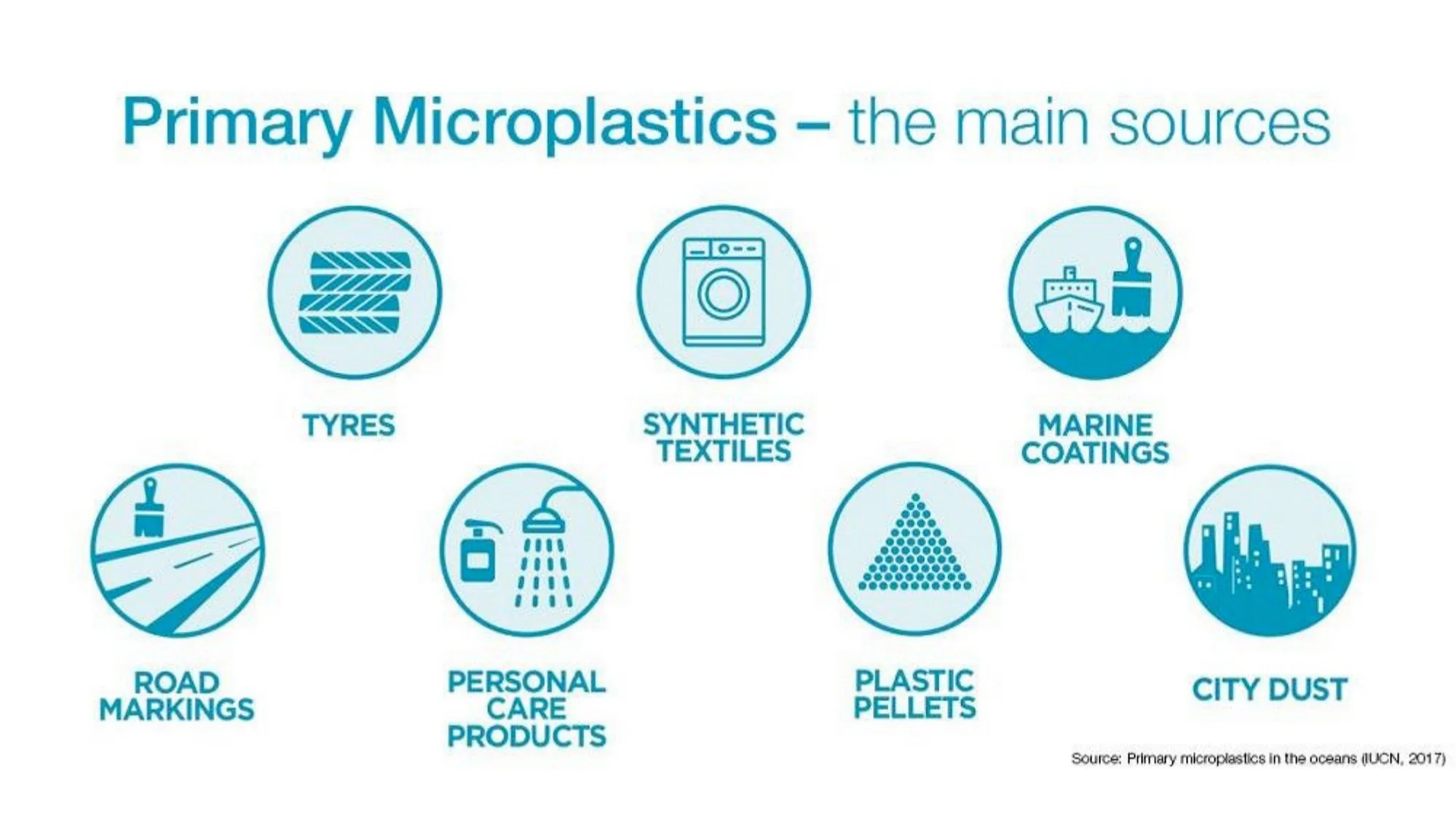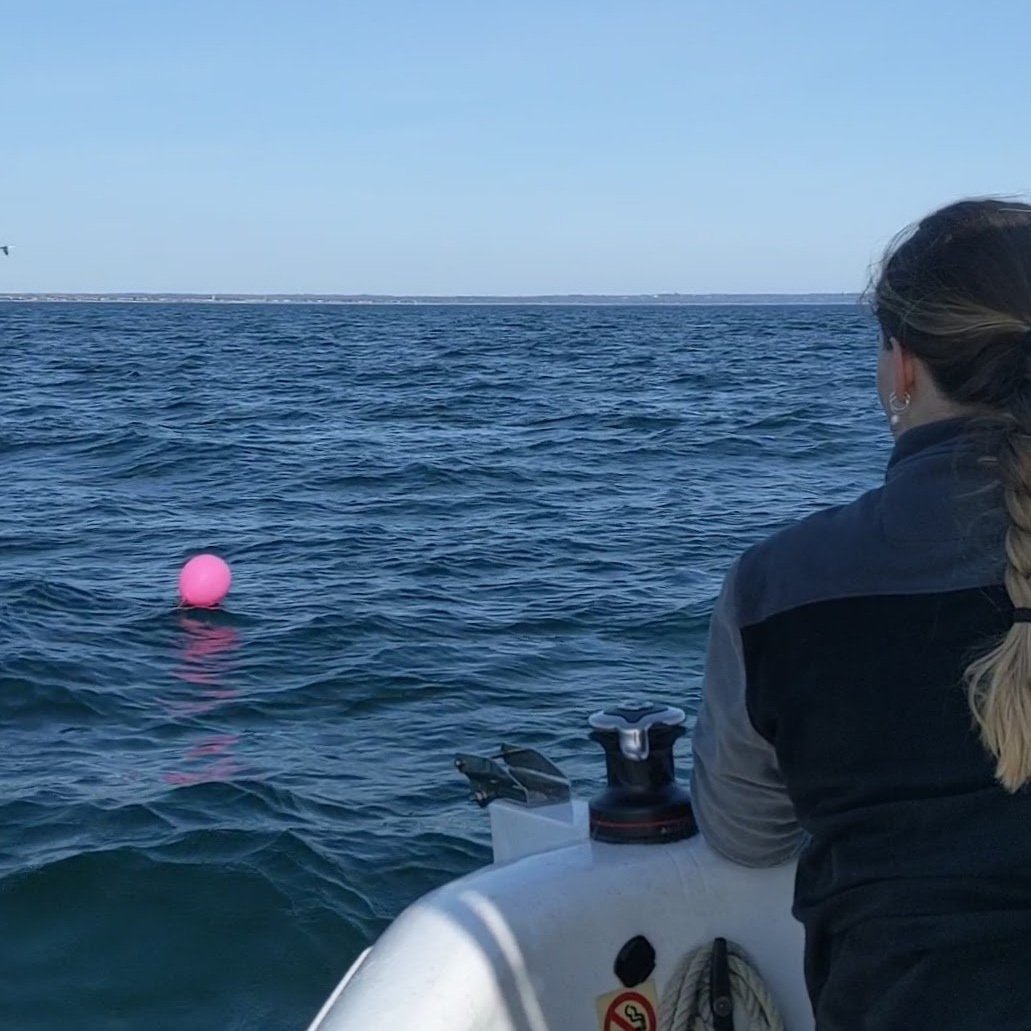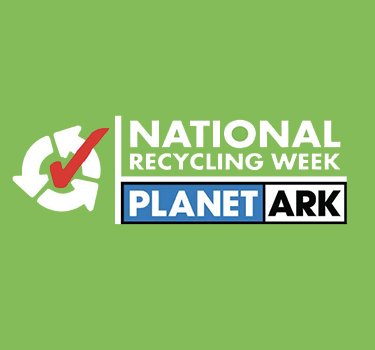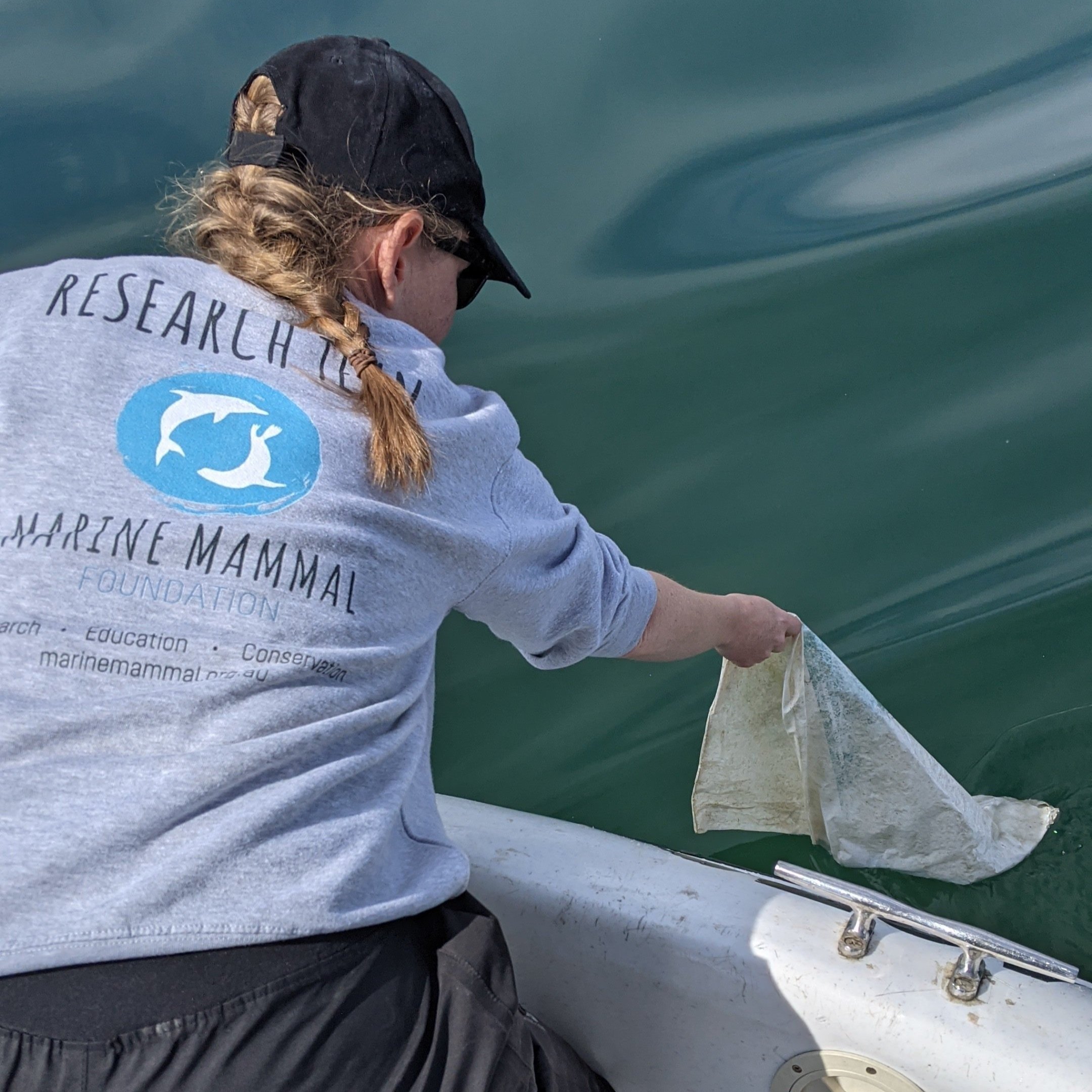National Recycling Week: Microplastics
Written by Annika Withers, MMF Volunteer
From Monday 8th to Sunday 14th of November we are celebrating the 25th year of National Recycling Week. The campaign was established by Planet Ark in 1996 and is held every year in November to highlight the environmental benefits of recycling. The campaign aims to encourage people to reduce consumption, and subsequently, the waste they produce. Planet Ark also provides resources to draw attention to correct recycling practices.
This year’s focus is “recycling your way”, highlighting opportunities to learn proper recycling habits in your home, workplace, school, and community that work best for you. Last year for National Recycling week at MMF we busted some recycling myths. This year we want to focus on the plastic that ends up in our oceans, particularly the ones that go unnoticed: microplastics.
Plastic pollution is the most widespread problem affecting our oceans and marine environments. Each year at least 8 million tons of plastic end up in our oceans and have been found to reach every corner of our earth.
Microplastics are small fragments of plastic that are less than 5mm in length, while nanoplastics are fragments smaller than 100nm, and are typically found as pellets, fragments, or fibres. While being extremely small, microplastics are having a huge impact on our marine ecosystems. Microplastics have been found as far as Antarctica and in the deepest parts of the ocean in the Mariana Trench.
How do microplastics end up in marine systems?
There are two ways that microplastics can end up in marine ecosystems: mechanical breakdown and leaching. Wind, rain, and wastewater carry large plastic items into our oceans, especially single use plastics that are lightweight and easily carried. Once in the ocean, these objects such as plastic bags, food containers, plastic bottles and lids, and other items are subject to mechanical breakdown. The forces of wind, rain, friction via wave action, chemical and biological activity, and UV sun exposure all act to mechanically break down larger pieces of plastic into smaller and smaller fragments over time.
Other household products also contain or can leach microplastic particles into the environment. Some cosmetic products contain plastic microbeads used for exfoliation, synthetic textiles from clothing can shed microplastic fibres when washed, and even some tea bags leach microplastic particles into the water. These particles all get washed down our drains and end up in our oceans.
Impacts on marine life
Once microplastics enter and circulate throughout our oceans, this is where we begin to see significant harm to marine life. Marine fish and birds often mistake the tiny microplastic particles as food. Once consumed, the small fragments cause a range of biological issues when they remain in the stomach while providing no nutritional value for the organism. These issues include abrasions, blockages in the digestive system, and changes in feeding behaviour, which can negatively impact growth, reproduction, and predator avoidance, while also potentially leading to starvation. Additionally, microplastics are associated with chemicals from manufacture and free-floating pollutants in the surrounding water that can adhere to microplastic surfaces. This leads to concerns of further damage and health risks for an organism if ingested.
Not only do the microplastics harm the animal that first consumes them, but the effects can be carried up the food chain as the fragments bioaccumulate. Microplastics have been found in the smallest marine prey; when a slightly larger fish consumes that prey it unknowingly takes up the microplastics within. This process repeats and microplastics bioaccumulate, travelling up the food chain in larger and larger prey species, with concerns now being raised regarding the potential impacts on human health through seafood consumption.
Recycling weeks into recycling years
The microplastics issue can be an overwhelming topic to tackle: how are we to remove these tiny, often invisible, and vastly abundant pollutants from our marine environments? They say that prevention is better than cure, and in this case, preventing our plastic waste from entering the marine environment is one of the best ways we can mitigate the microplastics problem. Recycling our plastic waste, rather than discarding it with our general waste, helps to prevent plastic material from entering our waterways, and subsequently , our oceans. Recycling also means that our reliance on new plastic materials is lowered, as we are able to reuse existing plastics in our manufacturing processes. Some countries, including the United States and the UK, have even taken a step further and banned the manufacture of plastic microbeads. Australia is not far behind, successfully implementing a voluntary phasing out of microbeads.
Recycling is becoming more convenient than ever, integrating itself into our every-day lives. The National Recycling Week website has some excellent resources for finding out the best ways to recycle soft plastics in your area, as well as tips and tricks for disposing of all types of recyclable materials, including paper, cardboard, metals, electronics, batteries, and more.






